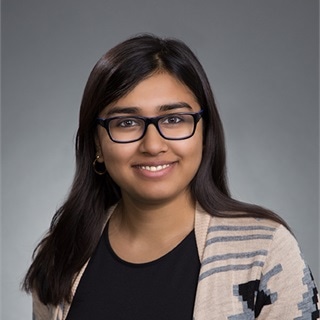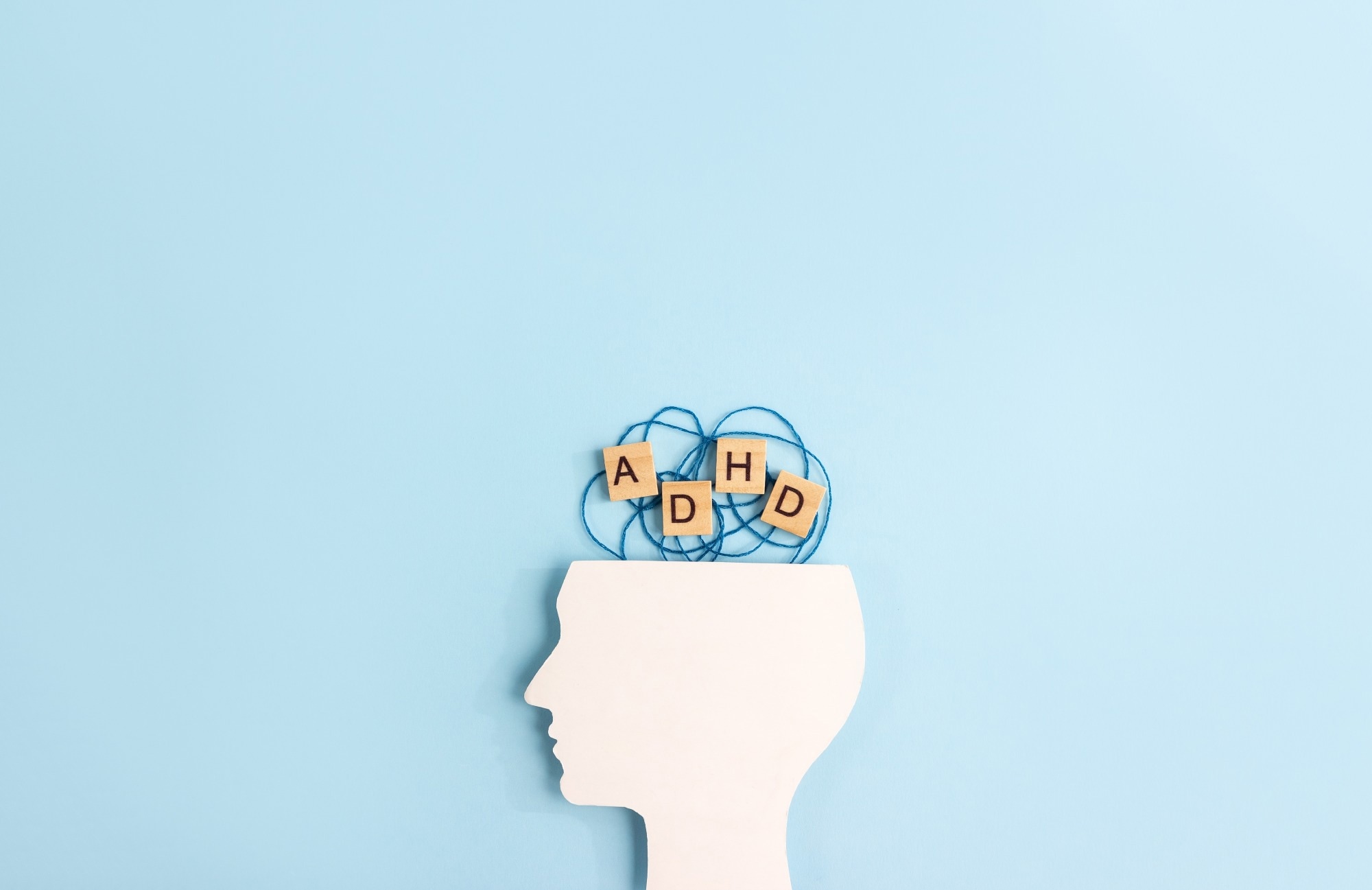 By Priyanjana Pramanik, MSc.Mar 27 2024Reviewed by Lily Ramsey, LLM
By Priyanjana Pramanik, MSc.Mar 27 2024Reviewed by Lily Ramsey, LLM
In a recent review article published in Pediatrics, researchers provided a comprehensive overview of treatment options available for attention-deficit/hyperactivity disorder (ADHD) for children and adolescent individuals.
 Study: Treatments for ADHD in Children and Adolescents: A Systematic Review. Image Credit: ClareM/Shutterstock.com
Study: Treatments for ADHD in Children and Adolescents: A Systematic Review. Image Credit: ClareM/Shutterstock.com
Using a systematic search across medical databases, they identified 312 intervention studies in 540 published articles that studied ADHD interventions lasting more than four weeks for individuals under the age of 18 who had been clinically diagnosed with ADHD.
The outcomes included health and psychosocial indicators, and included studies compared the intervention group with active, passive, waitlist, placebo, or no treatment groups.
They found promising evidence regarding the growing availability of several treatments that effectively treat symptoms of ADHD for school-aged and young populations and that while medication continues to be an important form of therapy, it is associated with numerous adverse effects.
Medications to treat ADHDThe review evaluated various medications for treating ADHD, including traditional stimulants like methylphenidate and amphetamines, as well as nonstimulants.
Studies found that traditional stimulants significantly reduced ADHD symptom severity and broad measures but did not notably affect functional impairment.
While methylphenidate formulations improved symptoms and appetite suppression, it was associated with more adverse events.
Similarly, amphetamine formulations and norepinephrine reuptake inhibitors (NRIs) also improved symptoms but suppressed appetite more and had more adverse events, while alpha-agonists were associated with fewer adverse effects.
Nonstimulants significantly improved ADHD symptoms, broad measures, and disruptive behaviors but did not notably affect functional impairment.
Direct comparisons between medications showed varied results, with some favoring stimulants over nonstimulants. However, combining nonstimulants with stimulants showed additional small improvements in symptoms.
Overall, stimulants tended to be more effective in improving ADHD symptoms and broad measures compared to nonstimulants, with some variations in side effects and additional benefits when combined with nonstimulants.
Integrative, alternative, or complementary therapies such as hippotherapy, homeopathy, and acupuncture were not associated with improvements in symptoms of ADHD or other outcome measures.
Behavioral ADHD therapiesPsychosocial interventions significantly improved ADHD symptoms across diverse approaches, including youth-directed interventions, parent support programs, and school-based interventions. However, these treatments did not notably affect disruptive behaviors or academic performance.
Parent support programs also showed improved broadband scores and disruptive behaviors but not functional impairment.
School interventions did not significantly affect ADHD symptoms but showed potential for enhancing academic performance.
Cognitive training did not significantly improve ADHD symptoms but was effective in reducing disruptive behaviors and enhancing broadband measures.
Neurofeedback, particularly targeting EEG markers, significantly improved ADHD symptoms with minimal heterogeneity, although its impact on disruptive behaviors and functional impairment was inconclusive.
Overall, these findings suggest the efficacy of psychosocial interventions in alleviating ADHD symptoms in youth, with variations in effectiveness across different approaches and outcomes.
Combining behavioral treatments and medicationThe reviewers found some studies that combined psychosocial treatments with medication (primarily atomoxetine or stimulants).
Cognitive behavioral therapy, behavioral therapy, humanistic interventions, solution-focused therapy, and multimodal psychosocial treatments were included as behavioral treatments.
These studies examined the effect of additional psychosocial treatment compared to medication alone and did not include placebo or no treatment arms.
There was little evidence that combined therapy improved ADHD symptoms and other outcomes.
Other key findingsNutrition interventions were generally placebo-controlled and included supplements and other dietary treatments, which were often administered in addition to stimulants.
There were no supplements, including omega-3, which were associated with consistent improvements in outcomes. However, nutritional interventions were generally found to improve symptoms of ADHD and associated disruptive behaviors without increasing adverse effects.
The study found limited evidence on whether different types of ADHD or coexisting psychiatric conditions influence treatment outcomes. Long-term follow-up data, especially beyond 12 months, were sparse across interventions.
Studies, including those examining the effect of multimodal treatments, did not show sustained effects beyond 12 months across various interventions, except for some medication trials.
ConclusionsThe review encompasses a comprehensive analysis of ADHD treatments, highlighting the effectiveness of diverse interventions across multiple domains.
Medications, including stimulants and nonstimulants, show significant improvements in ADHD symptoms, with moderate to high strength of evidence. Psychosocial treatments, neurofeedback, and nutritional interventions demonstrate varied effectiveness, often with lower strength of evidence.
Combining treatments was not found to consistently enhance outcomes. There is a dearth of studies on long-term effects and comparative effectiveness, emphasizing the need for more research to inform treatment decisions and improve patient care.
The authors acknowledged that the scope of their review was limited by their eligibility criteria, excluding some earlier studies, psychosocial interventions, and studies with smaller sample sizes.
Future research is required to analyze the comparative effectiveness of various treatments with network meta-analysis approaches.
Journal reference:
Peterson, B.S., Trampush, J., Maglione, M., Bolshakova, M., Rozelle, M., Miles, J., Pakdaman, S., Brown, M., Yagyu, S., Motala, A., Hempel, S. (2024) Treatments for ADHD in children and adolescents: a systematic review. Pediatrics. doi:https://doi.org/10.1542/peds.2024-065787. https://publications.aap.org/pediatrics/article/doi/10.1542/peds.2024-065787/196922/Treatments-for-ADHD-in-Children-and-Adolescents-A?autologincheck=redirected
留言 (0)